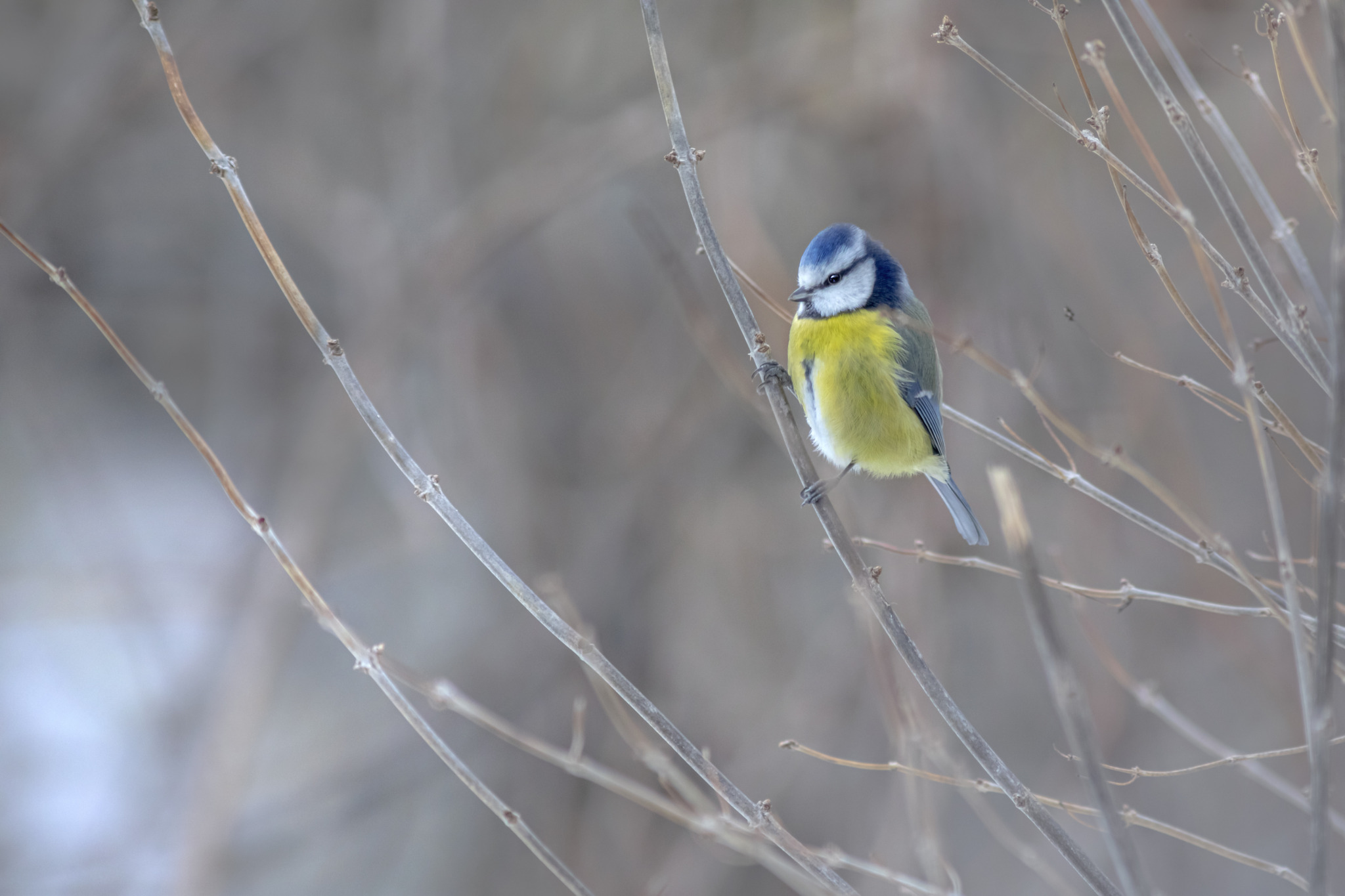

The Eurasian blue tit (Cyanistes caeruleus), often simply referred to as the blue tit, is a small and colorful bird belonging to the family Paridae. Here are some key characteristics and facts about the Eurasian blue tit:
- Appearance: Blue tits are small birds with bright blue and yellow plumage. They have a blue crown and wings, yellow underparts, and a distinctive black stripe running down their white cheeks. The intensity of their colors can vary slightly depending on factors such as age and geographic location.
- Distribution: Eurasian blue tits are native to Europe and parts of Asia, including Western Asia and North Africa. They are widespread and can be found in a variety of habitats, including woodlands, gardens, parks, and urban areas.
- Habitat: Blue tits inhabit a range of wooded and semi-open habitats, including deciduous and mixed forests, scrublands, and orchards. They are also common visitors to gardens and parks, where they feed on insects, seeds, and other food sources.
- Diet: Blue tits are omnivorous birds with a varied diet. Their primary food sources include insects, spiders, caterpillars, and other invertebrates, especially during the breeding season when they feed their young. They also consume seeds, berries, and occasionally small fruits.
- Nesting: Blue tits are cavity nesters and will readily use nest boxes provided by humans. They typically build their nests in tree hollows, crevices, or artificial nest boxes, lining them with moss, feathers, and other soft materials. The female incubates the eggs while the male assists with feeding during the nesting period.
- Song and Calls: Blue tits are known for their varied vocalizations, including a range of chirps, trills, and calls. Their songs are typically high-pitched and melodious, with males often singing to establish territory and attract mates.
- Social Behavior: Blue tits are social birds that often form mixed-species foraging flocks outside of the breeding season. They may also join forces with other small bird species, such as great tits and coal tits, to forage together for food and provide additional protection against predators.
- Conservation: Eurasian blue tits are not considered globally threatened, and their populations are generally stable. However, they may face local threats from habitat loss, pesticide use, and competition for nest sites with invasive species such as the non-native house sparrow.
Overall, the Eurasian blue tit is a charming and adaptable bird species that is beloved by birdwatchers and garden enthusiasts across its range.
Visited 934 times, 4 visit(s) today
Views: 1423
Subscribe to the newsletter:
